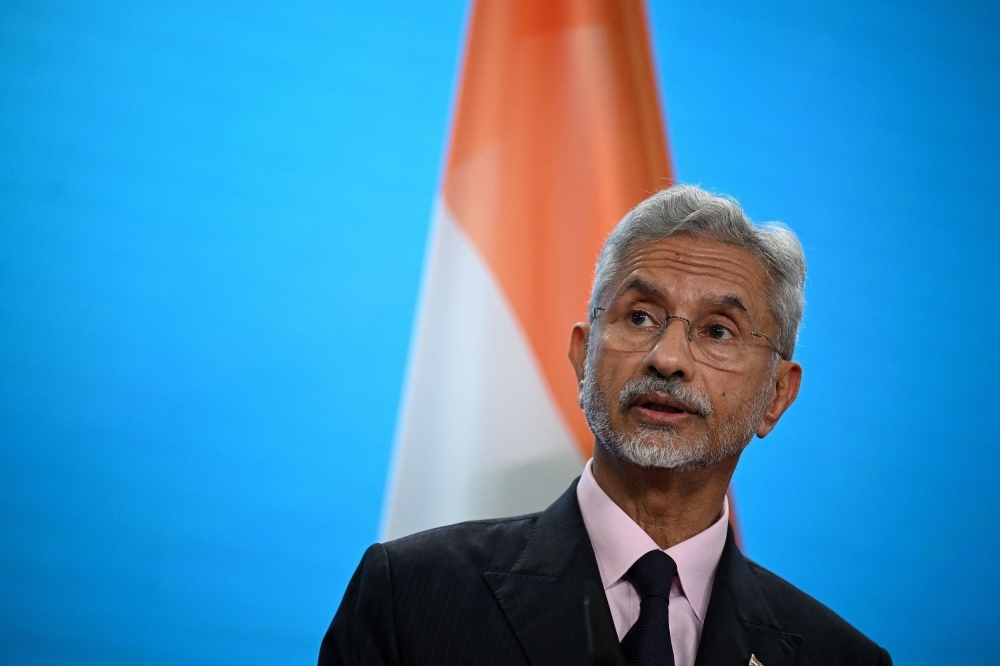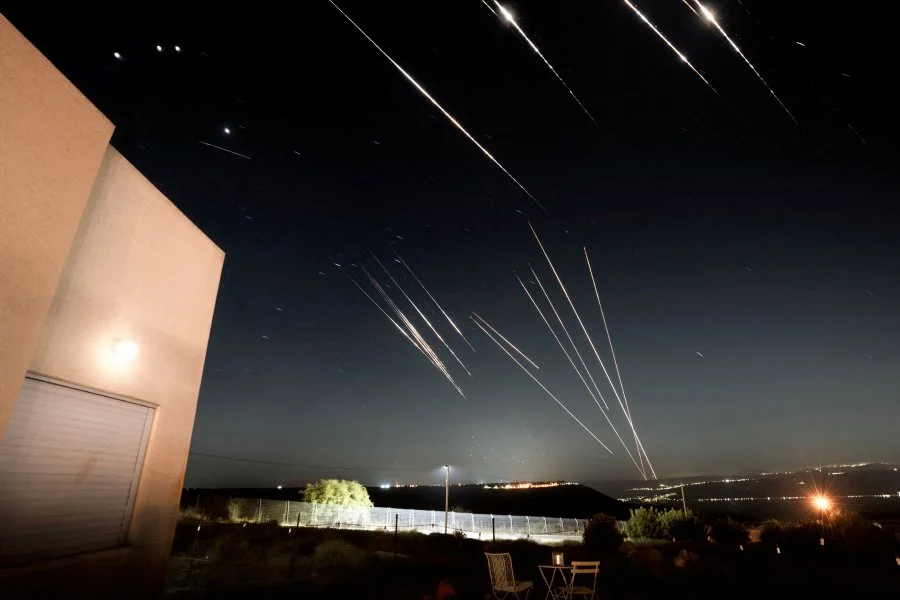BEIJING, August 29 — After years of border skirmishes and diplomatic freeze, Indian Prime Minister Narendra Modi is set to meet Chinese President Xi Jinping this Sunday in Beijing. The encounter marks a potentially pivotal moment in the long, complex relationship between the two Asian giants—now slowly thawing in the shadow of mounting global tensions, including the pressure from US tariffs on India imposed by former President Donald Trump.
This is Modi’s first visit to China in seven years. He’s attending the Shanghai Cooperation Organisation (SCO) summit—an influential regional security alliance that includes Russia and Iran. Yet, beyond the official agenda, the focus remains on India-China relations that have weathered years of mistrust, especially since the violent military confrontation in 2020.
That deadly night in June 2020 changed everything. In the Galwan Valley of Ladakh, 20 Indian soldiers and four Chinese troops lost their lives in brutal hand-to-hand combat—a chilling reminder of how fragile peace is along their 3,800-kilometer contested border. What followed was a diplomatic deep freeze. India banned over 200 Chinese apps, reviewed Chinese investments with skepticism, and suspended direct flights.
The border remained tense—but slowly, progress began.
-
December 2020: Scuffles flared again in Arunachal Pradesh’s Tawang sector, another hotspot claimed by both sides.
-
August 2023: Modi and Xi briefly met in Johannesburg during the BRICS summit, where they agreed to step up efforts to dial down tensions.
-
September 2024: Indian Foreign Minister Jaishankar declared that 75% of disengagement issues were resolved, and talks of restarting direct air routes began.
-
October 2024: A historic moment—Modi and Xi formally met for the first time in five years, signaling renewed intent to resolve military friction and open lines of communication.
-
December 2024: India’s National Security Adviser Ajit Doval flew to China to meet Foreign Minister Wang Yi, beginning formal dialogue on the border.
-
January 2025: Trade talks resumed, and both sides agreed to restart direct flights and address economic differences.
-
April 2025: China publicly stated its support for India amid punitive US tariffs.
-
July 2025: Jaishankar visited China, reinforcing the need to pull back troops and ease trade restrictions. India’s top think tank floated reforms to facilitate Chinese investment again.
-
August 2025: In a striking statement, China’s Foreign Minister Wang Yi told his Indian counterpart in New Delhi that both nations must stop seeing each other as rivals. Later, Chinese Ambassador Xu Feihong declared China’s opposition to US tariffs on India and promised to “stand firmly” with New Delhi.
As Prime Minister Modi prepares to sit down with President Xi, the world watches. Years of conflict have given way to cautious diplomacy. But rebuilding trust after bloodshed requires more than handshakes—it demands long-term vision, strategic cooperation, and mutual respect.
What began with tension could evolve into a new chapter of partnership—if both nations choose to listen, understand, and move forward together.




